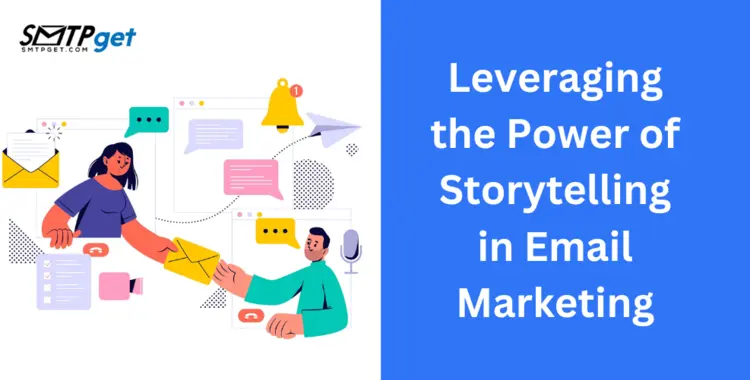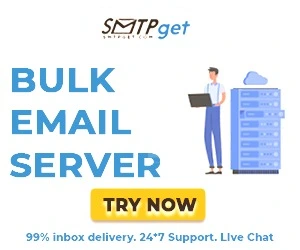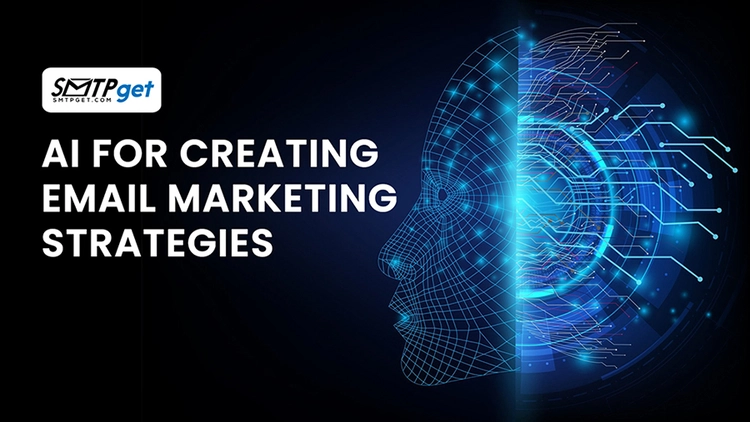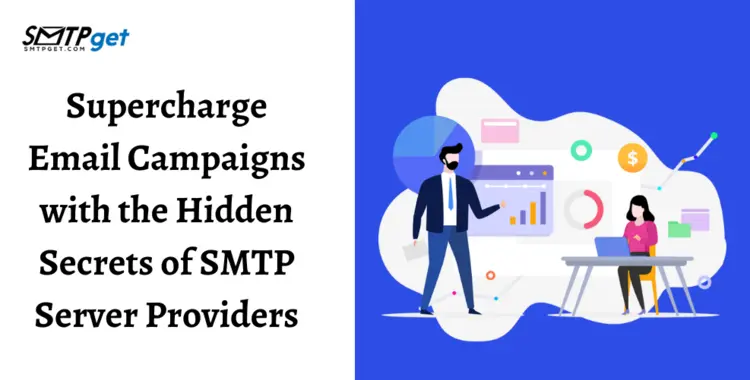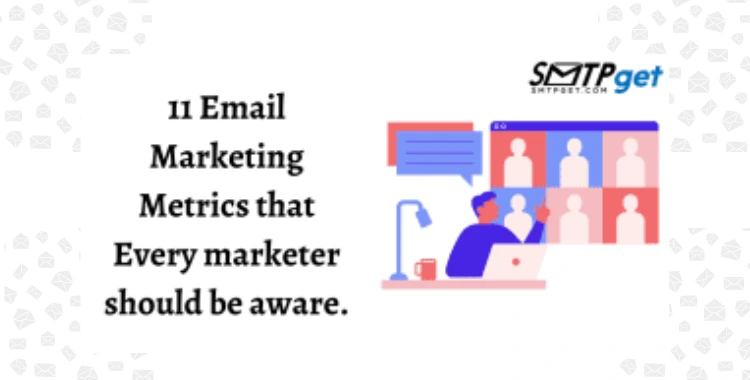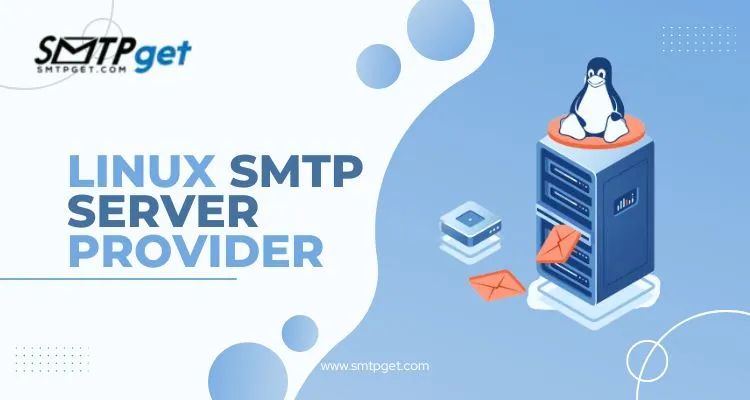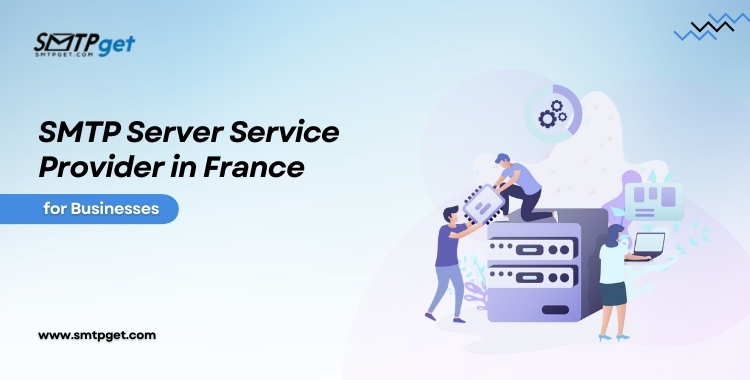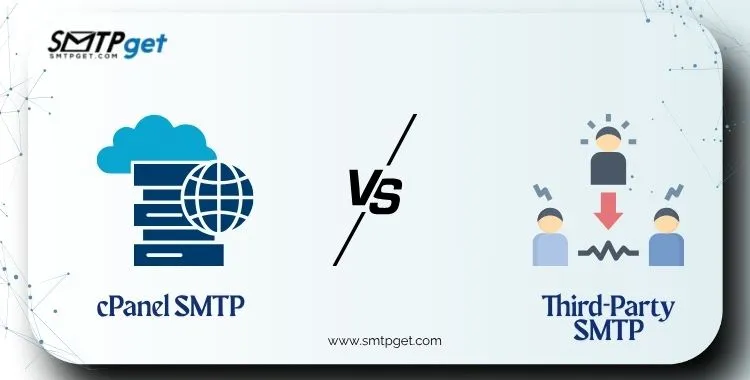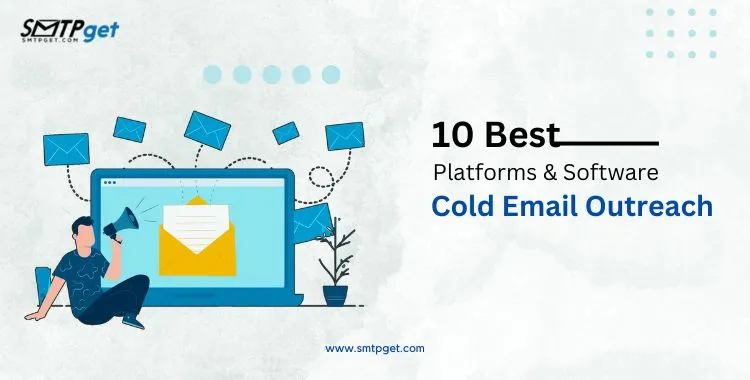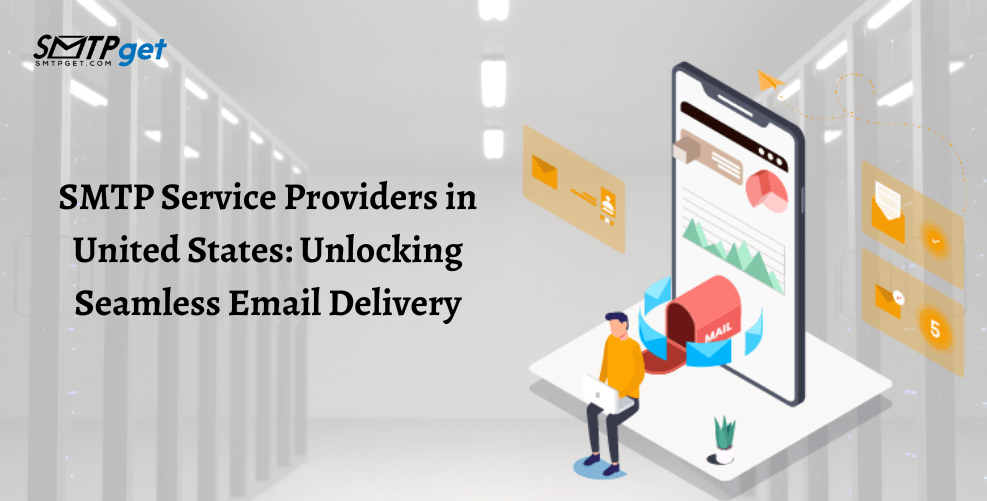Email marketing has become an indispensable tool for businesses to connect with their target audience in a personalized and direct manner. With the rise of digital communication, emails serve as an effective medium for delivering messages, promotions, and updates to subscribers.
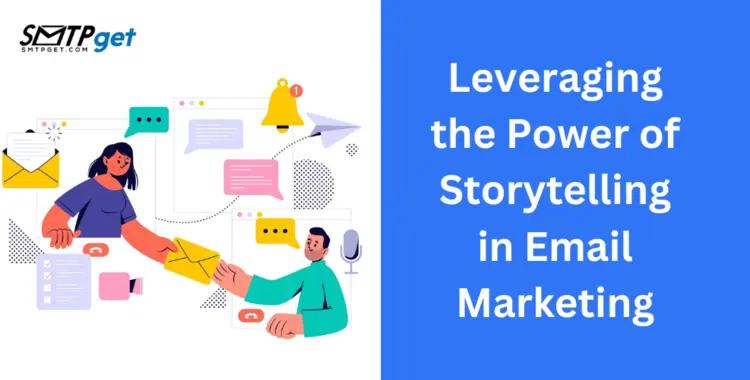
However, amidst the crowded inbox of potential customers, it is crucial to stand out and establish meaningful connections. This is where the power of Storytelling in Email Marketing comes into play.
Pricing:
Check out SMTP Server services pricing;
| Pricing | Cheapest Plan | Standard Plan | Professional Plan |
| SMTP Server Services | $110 | $165 | $220 |
| Bulk Email Server | $50 | $145 | $225 |
| Bulk Email Service | $30 | $110 | $220 |
Understanding the Power of Storytelling
At its core, Storytelling in Email Marketing is the art of conveying a message through a narrative structure. Since ancient times, humans have been captivated by stories. Our brains are wired to respond to narratives, and storytelling elicits emotional and cognitive engagement.
When used in an SMTP server for Email marketing, storytelling allows brands to create authentic and relatable experiences, leading to stronger connections with their audience.
Incorporating Storytelling into Email Marketing Campaigns
To effectively leverage the power of storytelling in email marketing, it is essential to understand the target audience and their needs. By identifying their desires, pain points, and aspirations, brands can craft narratives that resonate deeply. Furthermore, developing a compelling brand narrative sets the foundation for consistent storytelling throughout email campaigns.
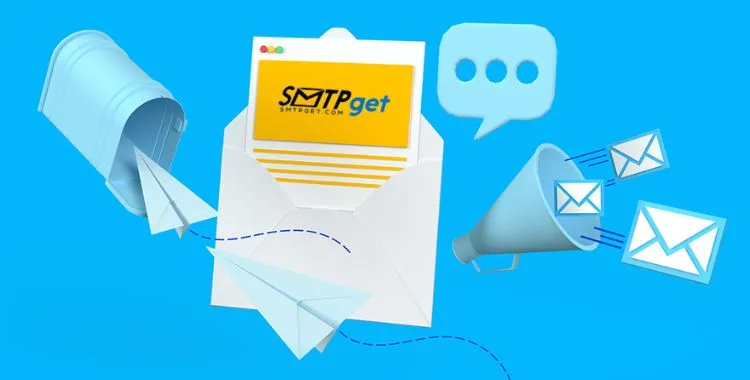
Crafting captivating subject lines is the first step in grabbing the recipient’s attention. A well-crafted subject line entices the reader to open the email and continue on the storytelling journey. Once the email is opened, the structure of the email itself should follow a storytelling framework.
The opening of the email should start with an engaging hook that immediately captures the reader’s interest. It could be a thought-provoking question, a compelling anecdote, or a surprising statement that creates curiosity.
After grabbing the reader’s attention, the email should proceed with building the narrative. This involves sharing a relatable story that connects with the reader’s emotions and experiences. The story should revolve around the brand’s values, mission, or a specific product/service, showcasing its benefits and how it solves a problem for the audience.
To maintain the reader’s engagement, it is important to create a climax and resolution within the email. This could be a turning point in the story where the brand’s solution or offer is presented as the answer to the reader’s challenges. The resolution should leave the reader with a sense of satisfaction and a clear understanding of what action to take next.
Every email storytelling should include a call to action that aligns with the purpose of the email. Whether it’s encouraging the reader to make a purchase, sign up for a webinar, or download a free resource, the call to action should be clear, concise, and compelling.
Personalization and segmentation play a vital role in storytelling emails. By tailoring the content to specific segments of the audience, brands can make the storytelling experience more relevant and impactful. This can be achieved by using the reader’s name, referring to their past interactions with the brand, or customizing the content based on their preferences and interests.
Elements of Effective Storytelling in Emails
Several elements contribute to the effectiveness of storytelling email marketing. Firstly, character development and relatability are crucial. The main character of the story should be relatable to the target audience, allowing them to see themselves in the narrative and feel a connection with the brand.
Creating conflict and resolution adds intrigue and keeps the reader engaged. By presenting a challenge or obstacle that the main character faces and then providing a solution or resolution through the brand’s offering, the email becomes more compelling and persuasive.
Authenticity and vulnerability also play a significant role in storytelling emails. By sharing genuine stories and experiences, brands can build trust and credibility with their audience. Being vulnerable and showing the human side of the brand helps establish an emotional connection and fosters authenticity.
Leveraging Storytelling Techniques for Different Types of Email Campaigns
Storytelling can be applied to various types of SMTP mail server provider for email marketing to enhance their effectiveness.
Welcome emails provide an opportunity to make a great first impression and set the tone for future interactions. By using storytelling email marketing, brands can introduce themselves, share their brand story, and make new subscribers feel welcomed and valued.
Product or service launch emails can benefit from storytelling by creating anticipation and excitement. By weaving a story around the new product or service, highlighting its features and benefits, and emphasizing how it solves a problem or fulfills a need, brands can generate interest and drive conversions.
Promotional emails can go beyond simply listing discounts and offers. By incorporating storytelling elements, brands can communicate the value of the promotion in a more engaging and persuasive way. Sharing success stories or customer testimonials related to the promoted product or service adds credibility and reinforces the message.
Customer success stories and testimonials can be powerful tools for building trust and showcasing the brand’s impact. By sharing real-life stories of customers who have benefited from the brand’s products or services, brands can establish social proof and inspire potential customers.
These stories should focus on the challenges the customers faced, how the brand’s solution helped them overcome those challenges, and the positive outcomes they achieved. By using email marketing storytelling, brands can create emotional connections and motivate readers to take action.
Abandoned cart emails provide an opportunity to re-engage with customers who have shown interest but didn’t complete their purchase. By incorporating storytelling, brands can remind customers of the value and benefits of the abandoned items, addressing any concerns or hesitations they may have had.
Sharing stories of other customers who initially hesitated but ended up making a purchase can serve as social proof and encourage the recipient to revisit their abandoned cart.
Tips for Crafting Compelling Story-Driven Emails
Crafting effective story-driven emails requires careful attention to detail and strategic thinking. Here are some tips to create compelling emails that engage readers:
Know the purpose and goal of each email: Clearly define the objective of the email and align the storytelling elements accordingly. Whether it’s to generate sales, build brand awareness, or nurture relationships, every element of the email should support the intended outcome.
Keep emails concise and focused: While storytelling adds depth and emotion, it’s important to keep the emails concise and to the point. Avoid overwhelming the reader with excessive information or irrelevant details. Stick to the key message and use storytelling to enhance it.
Use conversational and informal language: Write in a conversational tone to create a friendly and approachable vibe. Avoid overly formal language and jargon. Use personal pronouns like “you” and “we” to make the reader feel personally addressed and involved.
Utilize persuasive writing techniques: Incorporate persuasive techniques like scarcity, social proof, and urgency to motivate readers to take action. Highlight the benefits and unique selling points of the brand’s products or services within the context of the story.
Test and analyze the performance of storytelling emails: Monitor the performance of storytelling emails through A/B testing. Experiment with different subject lines, story structures, and calls to action to optimize engagement and conversion rates. Analyze the data to identify patterns and insights for future campaigns.
Examples of Successful Story-Driven Email Marketing Campaigns
To illustrate the power of SMTP email relay providers for storytelling in email marketing, let’s explore a few successful examples:
Airbnb’s personalized travel stories: Airbnb sends personalized emails featuring unique travel stories based on the recipient’s previous searches and preferences. These stories inspire wanderlust and create a sense of adventure, encouraging recipients to book accommodations through the platform.
Warby Parker’s customer success stories: Warby Parker shares stories of customers who have found their perfect pair of glasses. These stories highlight the brand’s commitment to providing stylish eyewear and a seamless customer experience, resonating with potential buyers.
Charity: Water’s emotional impact stories: Charity: Water sends emails that share stories of communities benefiting from clean water projects. These stories evoke empathy and demonstrate the impact of donations, inspiring readers to contribute and support the cause.
Measuring the Success of Storytelling in Email Marketing
To measure the success of storytelling in email marketing, it’s important to track key metrics such as open rates, click-through rates, conversion rates, and engagement metrics like time spent reading or interacting with the email content. A/B testing can help identify the storytelling elements that resonate best with the target audience and drive desired outcomes.
By analyzing the data, brands can gain insights into the effectiveness of their storytelling approach and make data-driven optimizations for future campaigns. Feedback from subscribers, such as replies, comments, or surveys, can also provide valuable qualitative insights on the impact of storytelling emails.
Conclusion:
Leveraging the power of storytelling in email marketing is a highly effective way to establish meaningful connections with your target audience. By crafting compelling narratives that resonate with readers on an emotional level, brands can capture attention, build trust, and drive engagement.
Through storytelling, brands can humanize their communication, fostering a sense of authenticity and relatability.
